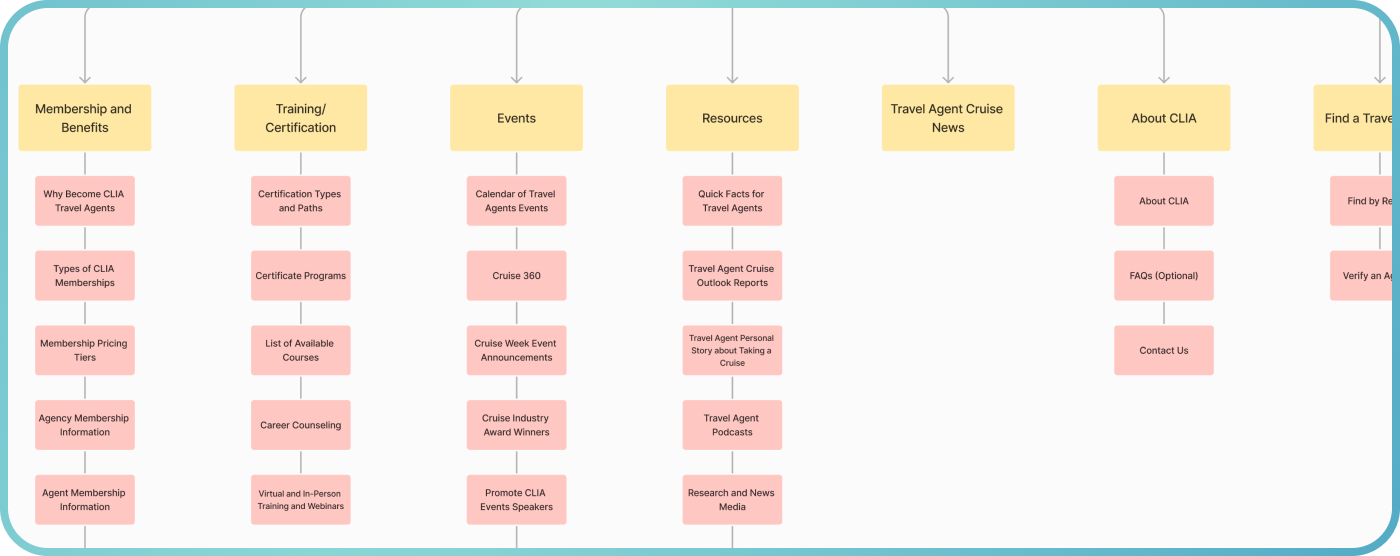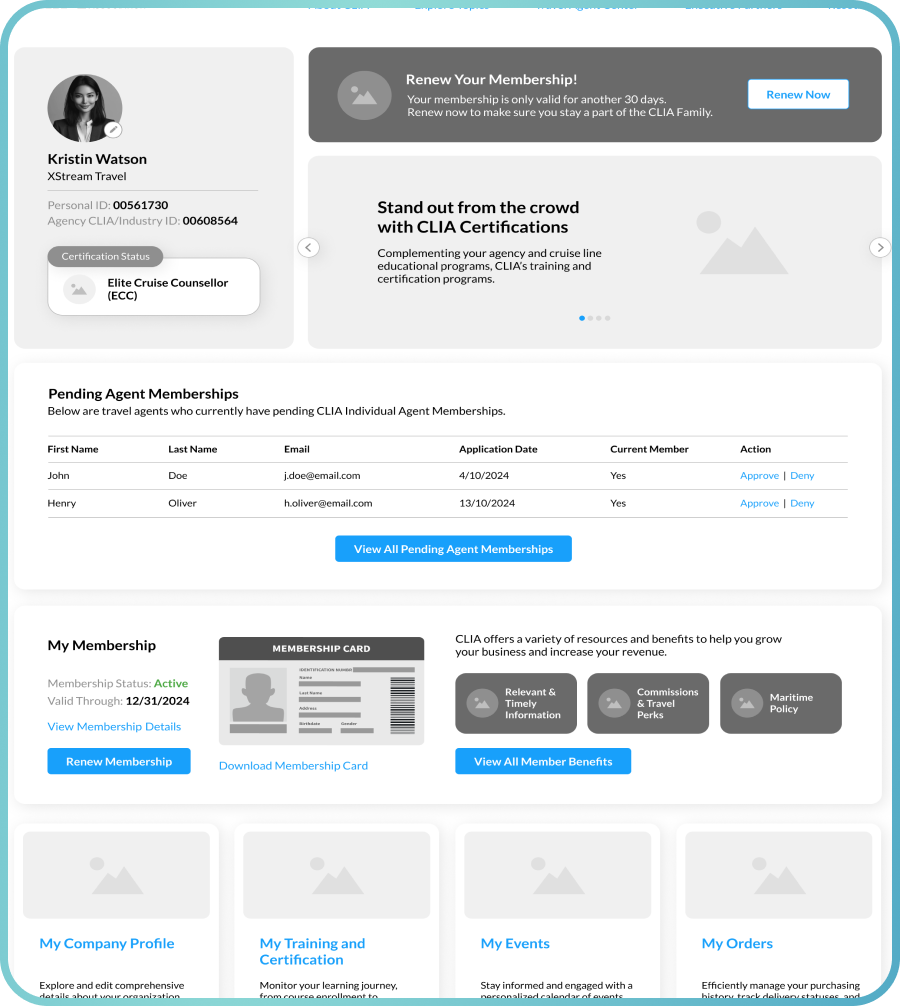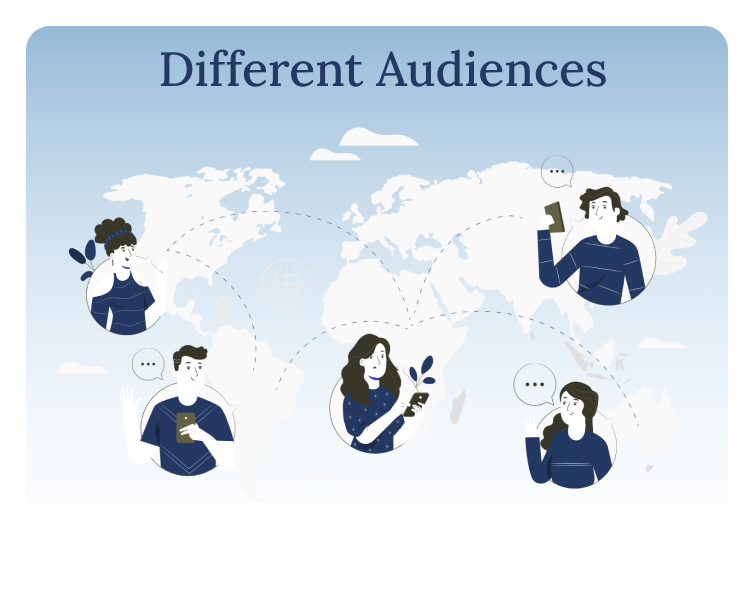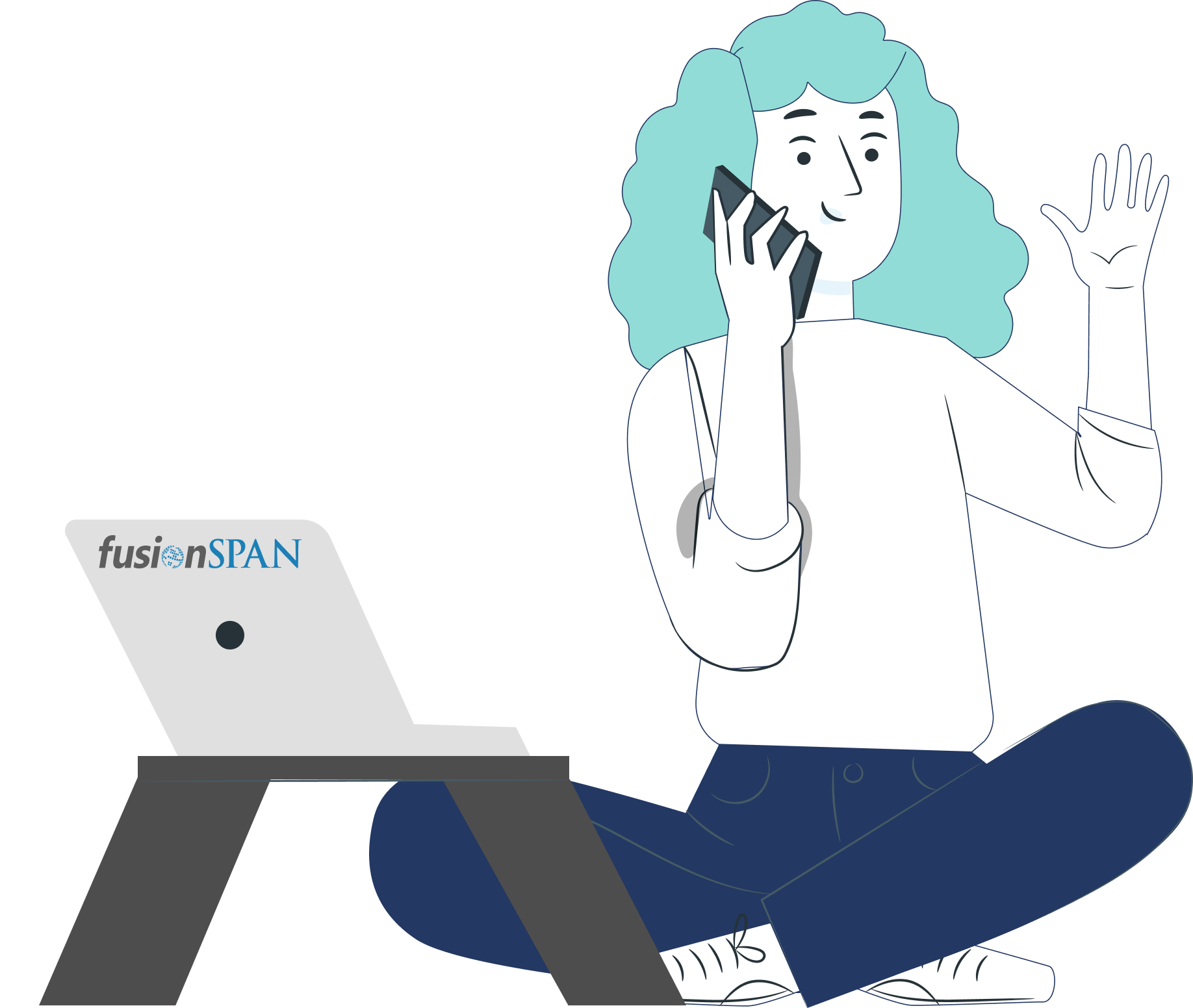Major features that were implemented included:
- Unified Content Strategy:
We recommended that CLIA implement a comprehensive content strategy that ensures clarity and accessibility of information across its website, with clear navigation that supports finding information through multiple avenues. This strategy will use user-friendly language to resonate with both industry professionals and the general public, enhancing engagement and understanding.
- Dedicated Websites:
We believe CLIA should consolidate its many websites down to two websites, but within those two, establish dedicated websites tailored to different audiences. One website will exclusively serve travel agents/agencies, consolidating resources such as professional development tools, event details, member benefits, and educational content. The second website will cater to cruise line executives, cruise line industry partners, journalists, and government officials/aides, providing comprehensive information about the cruise industry.
- Regional Segmentation:
CLIA aims to enhance accessibility and relevance by organizing content not only by geographic regions (e.g., North America, Europe, Australasia) but also by diverse topics such as sustainability and health, and different content types including policy and research. This multifaceted segmentation strategy addresses the global nature of their audience, ensuring that information is tailored to meet specific regional interests and broader thematic concerns. By providing content through various dimensions, CLIA seeks to optimize engagement and usability across its diverse member base.
- Centralized Policy and Research Hub:
A Policy Compendium and Research Hub can be established within the general website, providing easy access to CLIA’s policies, industry research, and data. We heard from interviews how important these resources are, and that they are hard to find distributed across the current website. This new centralization location will ensure stakeholders can quickly find and utilize authoritative information on industry standards and regulations.
- Advocacy Content Highlight:
CLIA can increase the visibility of advocacy efforts on the website, featuring regional perspectives and industry impact. By promoting these initiatives prominently, CLIA aims to demonstrate its commitment to sustainability and responsible tourism practices.
- Enhanced User Experience:
We recommend that CLIA prioritize a seamless user experience across both websites, ensuring intuitive navigation, beautiful design, and alignment with the cruise industry theme. Users will confidently find the information they need, fostering positive engagement and interaction.
- Unified Event Listings:
Implementing a unified event listing with robust tagging and filtering options will improve user experience by allowing stakeholders to easily find and participate in relevant industry events. This streamlined approach enhances event discoverability and participation.



























